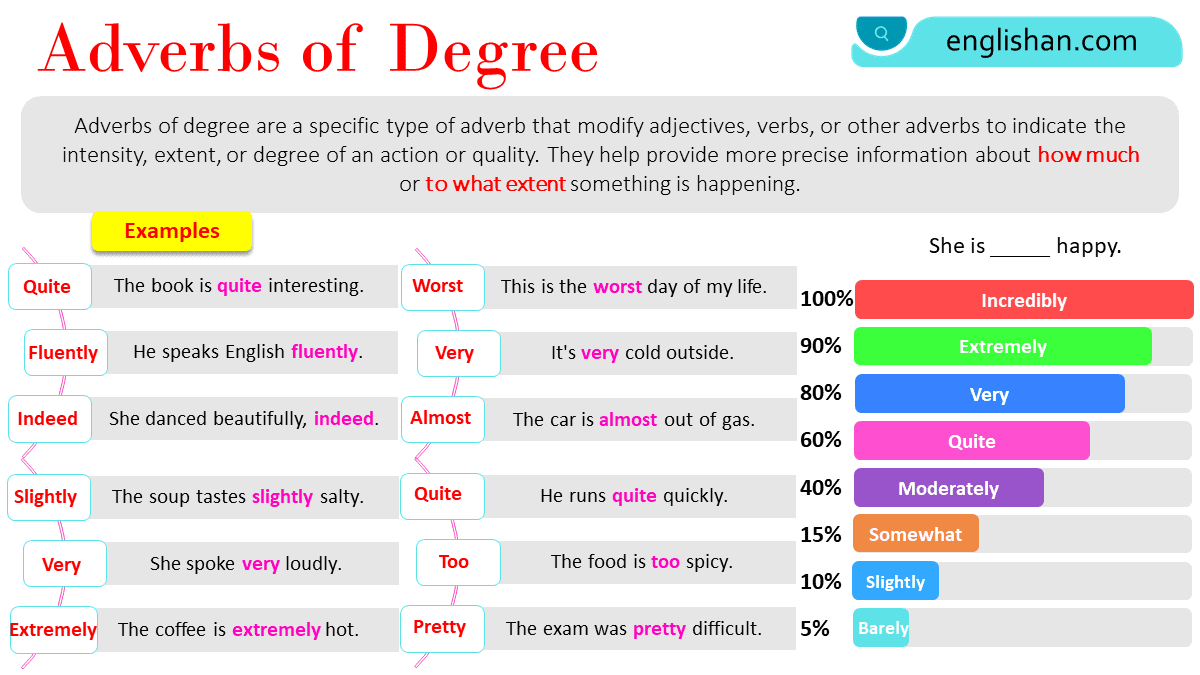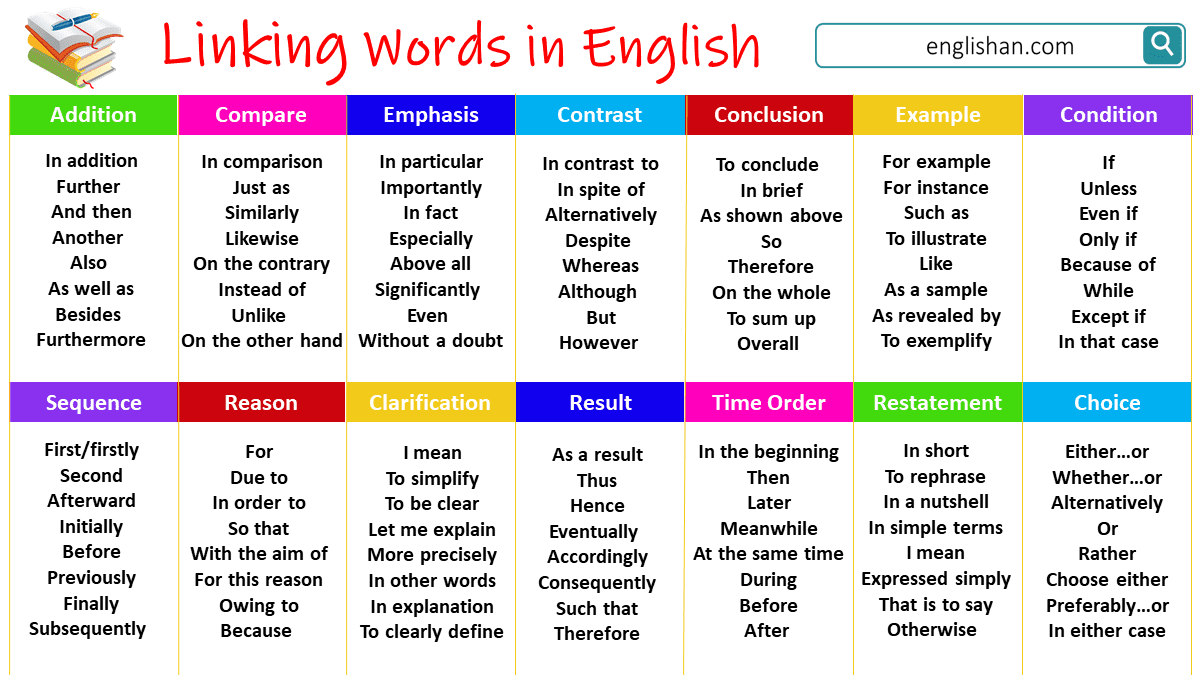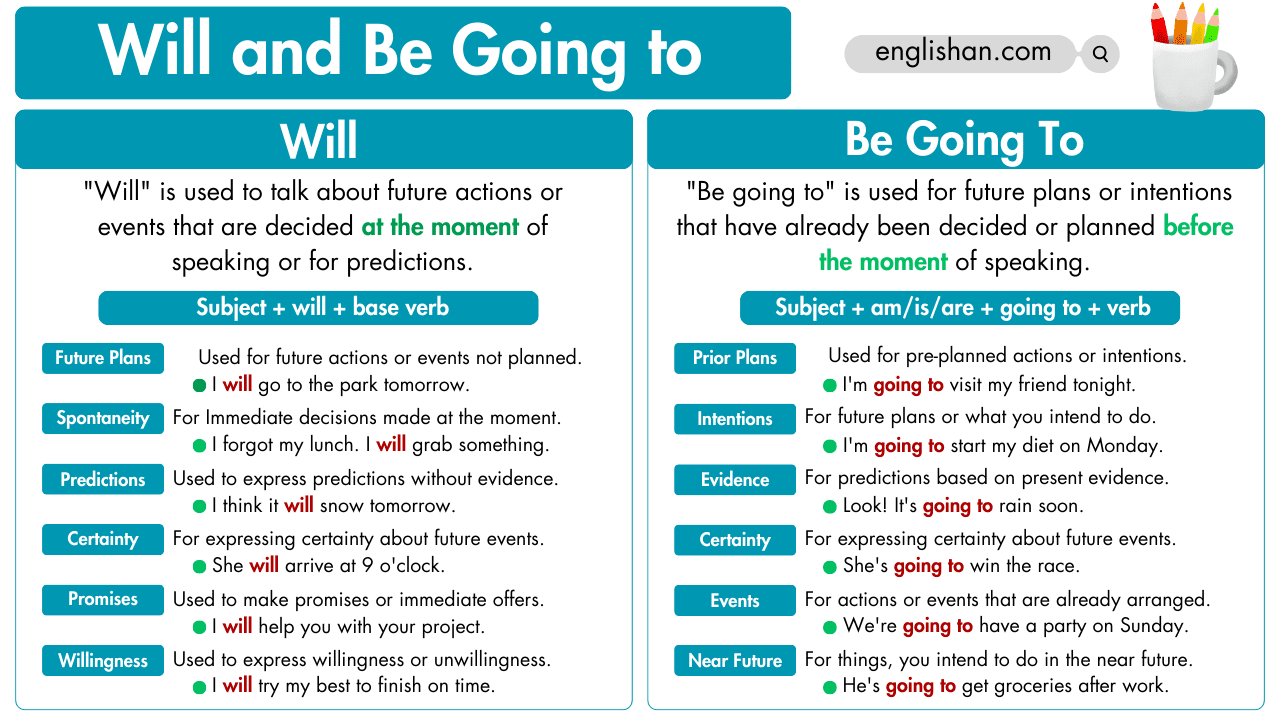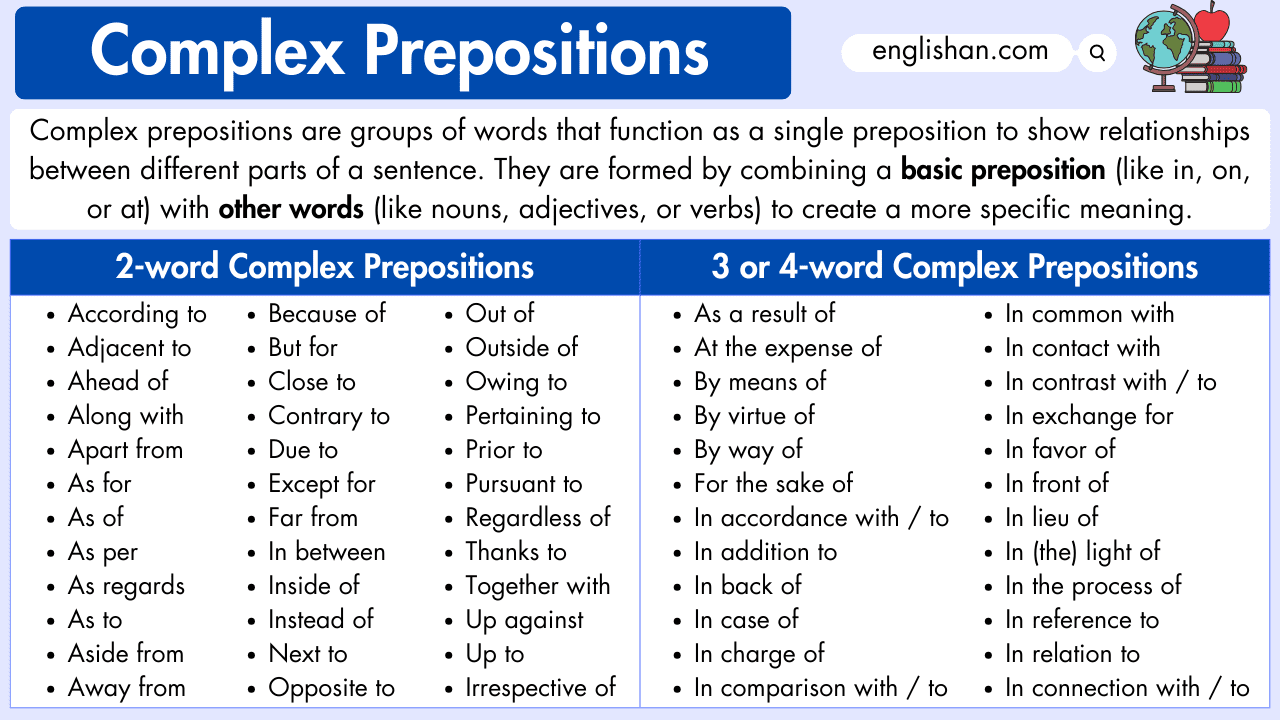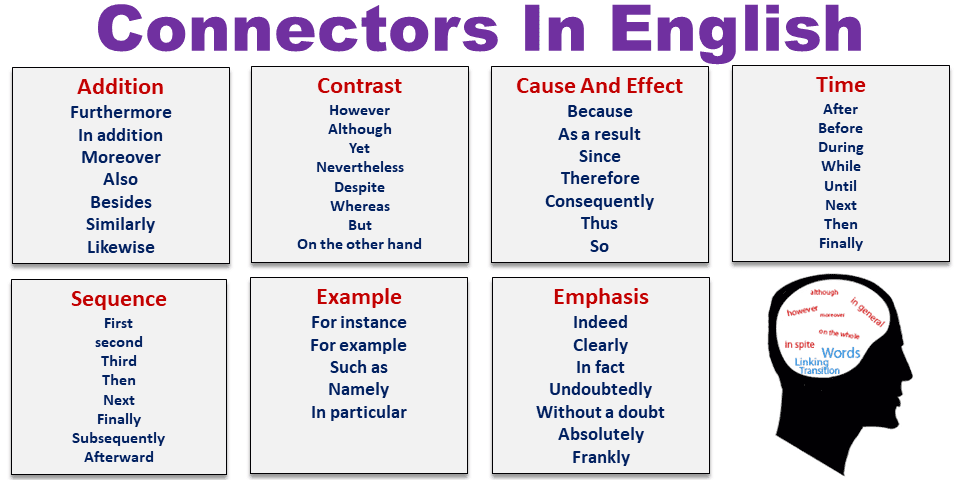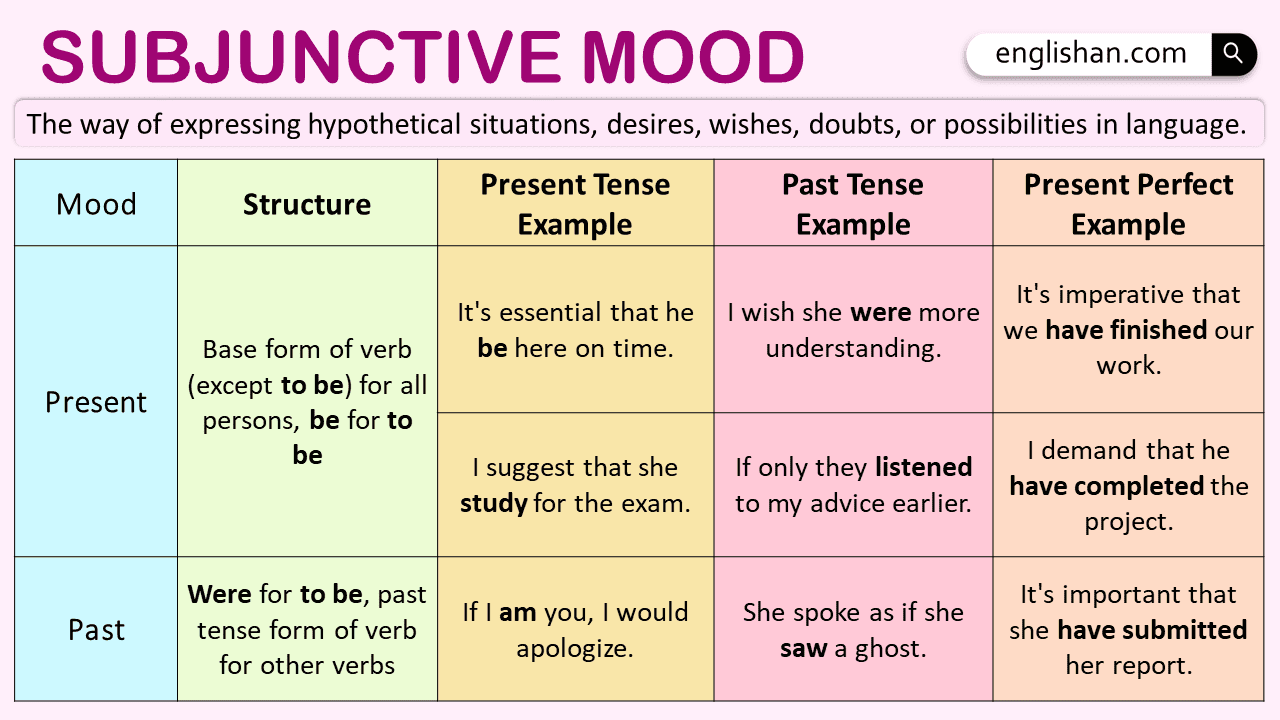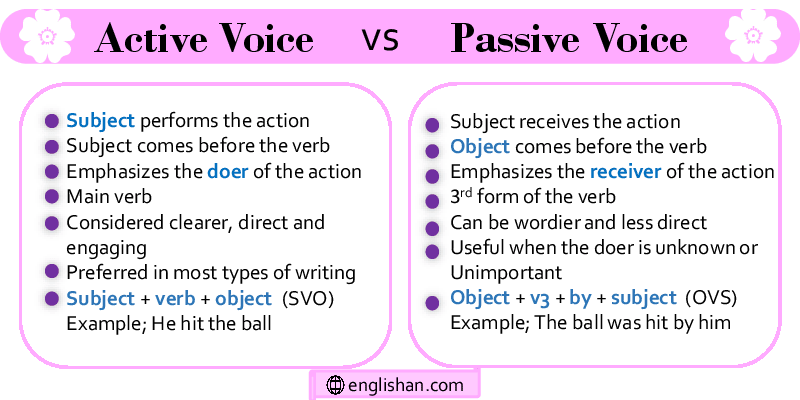Contents
Adverbs are an essential part of speech that adds more detail and clarity to a sentence. One such type of adverb is the adverb of degree. It helps to modify the intensity or degree of an action or verb in a sentence. These adverbs play a crucial role in conveying the extent or intensity of an action. For instance, “She was extremely happy” portrays a higher degree of happiness than “She was happy.” In this article, we will explore what adverbs of degree are, and how to use them effectively with example sentences. So, let’s get started.
What Adverbs of Degree are?
Adverbs of degree are a specific type of adverb that modify adjectives, verbs, or other adverbs to indicate the intensity, extent, or degree of an action or quality. They help provide more precise information about how much or to what extent something is happening. These adverbs are essential for adding depth and accuracy to our language by expressing varying intensity levels, from minimal to maximal. They can be used with positive, negative, or neutral words to amplify or diminish their meaning. They often answer questions like “To what extent?” or “How much?” In simpler terms, They provide a way to quantify or qualify the degree of something in a sentence.
For example, consider the sentence: “She runs fast.”
Now, let’s enhance it using adverbs of degree:
- She runs very fast.
- She runs quite fast.
- She runs extremely fast.
- She runs moderately fast.
In each of these examples, the adverbs “very,” “quite,” “extremely,” and “moderately” provide information about the degree of speed at which she runs. They offer a more detailed understanding of the intensity or different speed levels.
They can also modify adjectives to show the degree of a quality:
For example,
- The coffee is extremely hot.
- He’s quite tall.
- It’s a rather difficult exam.
In these cases, “extremely,” “quite,” and “rather” modify the adjectives “hot,” “tall,” and “difficult,” respectively.
Moreover, They can modify other adverbs to specify the intensity of an action or quality:
- She spoke very loudly.
- They work incredibly efficiently.
- He solved the puzzle surprisingly quickly.
Here, “very,” “incredibly,” and “surprisingly” modify the adverbs “loudly,” “efficiently,” and “quickly.”
Types of Adverbs of Degree
Adverbs of degree often fall into categories like positive degree (showing the regular intensity), comparative degree (comparing two things), and superlative degree (showing the highest or lowest intensity):
Positive Degree Adverbs:
These adverbs indicate the basic or neutral level of intensity. Examples include “very,” “quite,” “so,” “rather,” “extremely,” “too,” and “somewhat.”
- She’s very talented.
- The movie was quite entertaining.
- The weather is rather cold.
Comparative Degree Adverbs:
These adverbs are used to compare the intensity or degree of two actions or qualities. They often follow a structure like “more” + adjective/adverb or “less” + adjective/adverb. Examples include “better,” “worse,” “faster,” “more,” and “less.”
- He speaks more loudly than I do.
- She runs less quickly than her brother.
- This coffee is less hot than the one I had yesterday.
Superlative Degree Adverbs:
These adverbs express the highest or lowest degree of an action or quality among three or more things. They are often formed using “most” + adjective/adverb or “least” + adjective/adverb. Examples include “best,” “worst,” “fastest,” “most,” and “least.”
- She performed the task most efficiently.
- This is the most beautifully written book I’ve ever read.
- He studies the least efficiently in class.
Placement of Adverbs of Degree:
They can be placed in different positions in a sentence, depending on the emphasis you want to give:
Before the Adjective or Adverb: Generally, They are placed before the adjective or adverb they modify. For example,
- It’s very cold outside.
- She really enjoys painting.
At the Beginning of the Sentence: To emphasize the intensity, you can start the sentence with the adverb of degree. For example,
- Almost out of breath, she finished the race.
- Very slowly, the car pulled away.
After the Main Verb: Some of them can be placed after the main verb, especially if the verb is “be.” For example,
- The party was so much fun.
- The soup tastes slightly salty.
Exceptions:
In some cases, They can be placed at the end of a sentence for emphasis.
Example: She danced beautifully, indeed.
Degree Adverbs vs. Intensifiers:
Degree adverbs are sometimes confused with intensifiers, which are words that emphasize but don’t necessarily indicate the degree. For example, “really” and “so” are often used as intensifiers, but they don’t quantify the degree of something in the same way that “very” or “extremely” do.
Usage Tips:
- Choose the appropriate degree of adverb based on the context and the level of intensity you want to convey.
- Be careful not to overuse degree adverbs, as excessive use can make your writing or speech seem overly descriptive and lose its impact.
- Use comparative and superlative adverbs when comparing multiple actions or qualities.
- Be cautious with double negatives, as they can lead to confusion or convey unintended meanings
Example Sentences
- The coffee is very hot.
- She’s quite excited about the upcoming trip.
- He’s too tired to go to the party.
- The movie was extremely funny.
- The weather is really nice today.
- The book is quite interesting.
- He speaks English fluently.
- The restaurant is very crowded tonight.
- She ran faster than I expected.
- The car is moving slowly in traffic.
- The food is too spicy.
- She’s the smartest student in the class.
- The train arrived early at the station.
- The exam was pretty difficult.
- The lecture was incredibly informative.
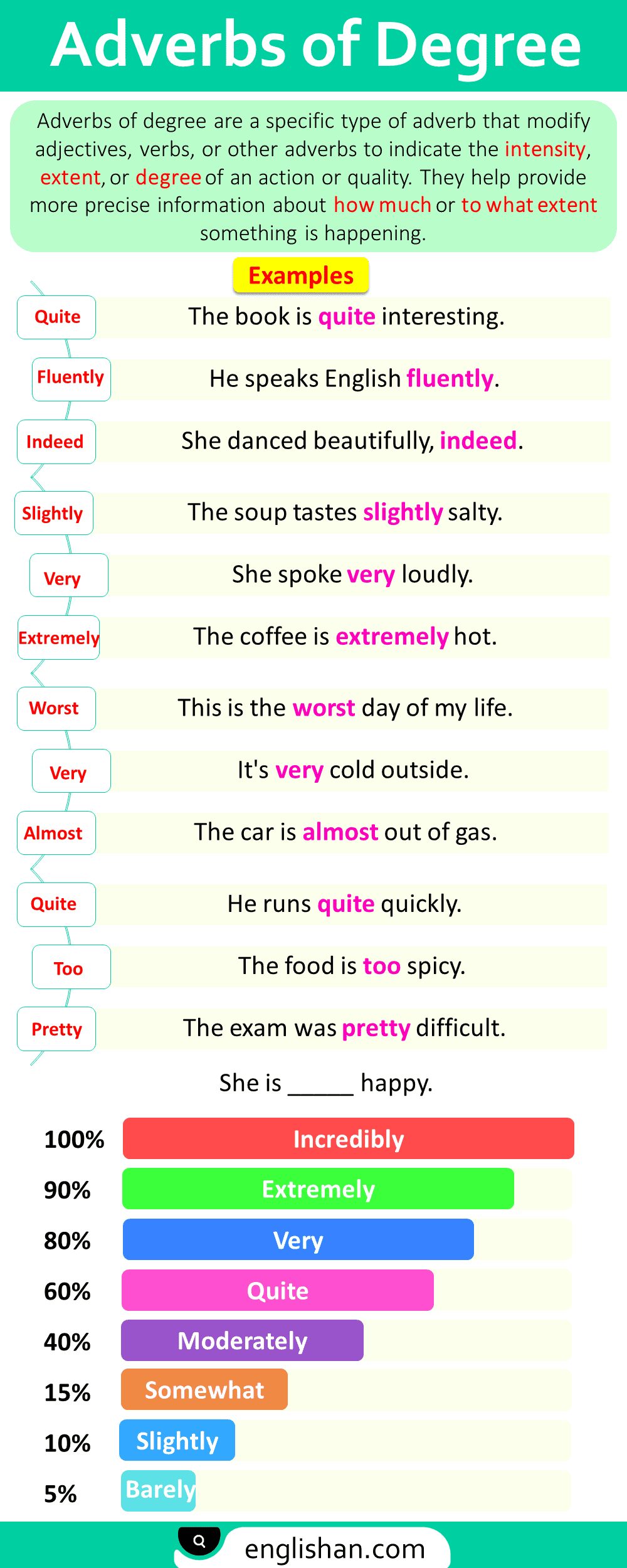
List of Adverbs of Degree
- Absolutely
- Almost
- Barely
- Completely
- Entirely
- Extremely
- Horribly
- Unusually
- Fairly
- Fully
- Greatly
- Highly
- Incredibly
- Intensely
- Nearly
- Perfectly
- Quite
- Rather
- Hardly
- Really
- Remarkably
- Just
- Slightly
- So
- Terribly
- Somewhat
- Too
- Strongly
- Totally
- Very
Comparative:
- Better
- Farther
- Faster
- Less
- More
- Later
- Earlier
- Worse
Superlative:
- Best
- Fastest
- Least
- Most
- Latest
- Worst
Exercise of Adverbs of Degree with Answers, MCQs
Question 1: Which of these is an adverb of degree?
- Quickly
- Very
- Yesterday
- Happily
Answer: b. Very
Question 2: Which of these modifies the degree of an action?
- Noun
- Verb
- Adjective
- Adverb
Answer: d. Adverb
Question 3: Which of these adverbs of degree indicates the lowest degree?
- Almost
- Greatly
- Perfectly
- Incredibly
Answer: a. Almost
Question 4: Choose the correct adverb to complete the sentence: “She sings ___________.”
- loudly
- singingly
- happily
- singly
Answer: a) loudly
Question 5: Which adverb of degree best fits in the blank? “I am ___________ tired today.”
- enough
- usually
- completely
- too
Answer: d) too
Question 6: Complete the sentence with the correct adverb: “He speaks English ___________.”
- always
- very
- not
- fluently
Answer: d) fluently
Question 7: Select the appropriate Adverb of Degree to fill in the blank: “She performed ___________ well in the exam.”
- barely
- almost
- quite
- sadly
Answer: c) quite
Question 8: Which adverb of degree should be used to complete the sentence? “The car was ___________ damaged after the accident.”
- very
- usually
- almost
- happily
Answer: a) very
Question 9: Which option has an degree adverb?
- We arrived early.
- The book is interesting.
- She laughed.
- They drove the car.
Answer: a) We arrived early.
Question 10: Choose the right adverbs to complete the sentence: “She was ___________ late for the appointment.”
- often
- sometimes
- rarely
- terribly
Answer: d) terribly
FAQs
Adverbs of degree are a type of adverb that modify verbs, adjectives, or other adverbs to indicate the intensity, extent, or degree of an action, quality, or circumstance. They provide information about how much or to what extent something is happening or being done.
They modify other words to provide more information about their intensity. They help answer questions like “How much?” or “To what extent?” For example, in the sentence “She’s very talented,” the adverb “very” modifies the adjective “talented.”
They specifically indicate the intensity or extent of an action, quality, or circumstance. Other types of adverbs can convey time, place, manner, frequency, and more.
There are three main types:
1. Positive: These adverbs indicate the basic level of intensity, like “very,” “quite,” “so,” “rather,” etc.
2. Comparative: These adverbs compare the intensity between two or more things, using “more,” “less,” “better,” “worse,” etc.
3. Superlative: These adverbs indicate the highest or lowest level of intensity among a group, using “most,” “least,” “best,” “worst,” etc.
Common examples include “very,” “quite,” “too,” “so,” “extremely,” “really,” “almost,” “more,” and “most.”
You May Also Like
